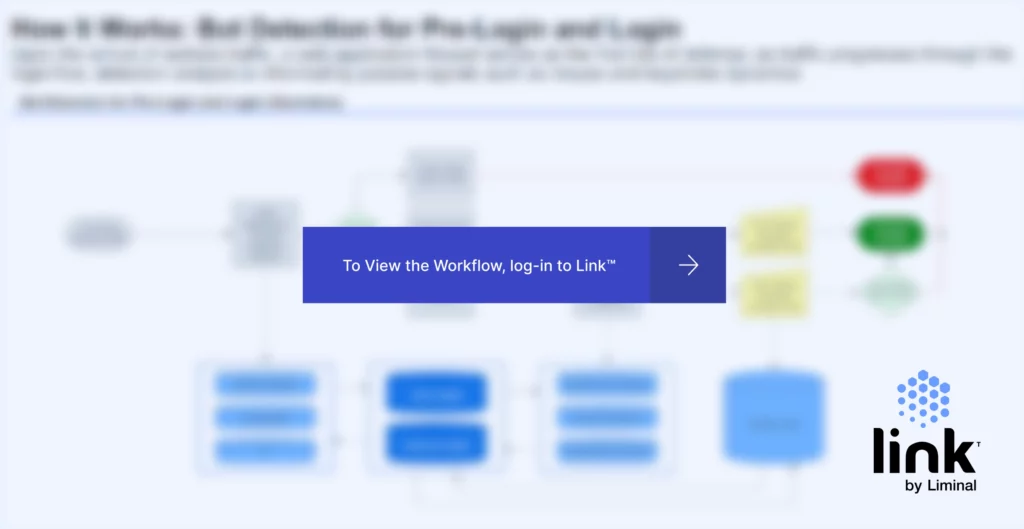Bot detection is essential for identifying nonhuman traffic on websites, mobile apps, and APIs, protecting against threats like account takeovers, transaction abuse, and denial of service attacks. With the bot detection market expected to grow from $667 million in 2023 to $3.6 billion by 2033, at an 18.3% CAGR, according to Future Market Insights, the demand for such technologies is rapidly increasing. This growth is driven by the anticipated rise in beneficial bots, such as AI agents and search engine crawlers, and harmful bots, which can cause significant disruptions and fraud. To address these challenges, leading providers are developing advanced solutions beyond traditional firewalls, incorporating behavioral analysis and device risk signals to identify and block malicious bots more effectively.

Evolving Threats and Modern Defenses Against Bots
The bot detection solutions market is evolving rapidly to address the growing sophistication of bots and the expansion of threat vectors. Vendors leveraging behavioral signals are well-positioned to dominate a market facing complex challenges from advanced bot activities and diverse threats. As fraudsters employ artificial intelligence (AI) and machine learning (ML) to launch sophisticated bot attacks, solution providers are countering with passive detection methods that emphasize user experience while effectively identifying bots. According to the Imperva Bad Bot Report, about two-thirds of bots in 2022 were highly sophisticated malicious bots, the highest level ever recorded.
Modern defenses include behavioral biometrics and device signals, moving from traditional firewalls and CAPTCHAs to more subtle, low-friction detection techniques like analyzing mouse movements and keystroke dynamics. The scope of bot detection has broadened from focusing mainly on account takeovers and transaction abuse to addressing emerging threats like programmatic ad fraud, social media fraud, and asset theft in gaming. With the rise of beneficial AI agents, distinguishing between helpful and harmful bots has become paramount, highlighting the importance of sophisticated bot detection solutions that can navigate the nuanced landscape of modern cyber threats.
The Importance of Bot Detection Across Use Cases
Bot detection serves multiple use cases, including thwarting and identifying account takeovers, web scraping, transaction abuse, programmatic ad fraud, and denial of service (DoS) attacks, such as:
- Account Takeover Protection
- Web Scraping Detection
- Transaction Abuse Prevention
- Programmatic Ad Fraud Detection
- Denial of Service (DoS) Prevention
For more details on use case drivers, headwinds and tailwinds, and a list of notable vendors, sign up or log in to Link to access the full Outside-In Report, Bot Detection 2024.
The Urgent Need for Bot Detection
Businesses across various sectors, particularly the advertising industry, are becoming acutely aware of the financial losses attributed to malicious bot activities. Advertisers’ growing concerns over the legitimacy of website impressions have driven publishers towards adopting bot detection technologies, highlighting a pivotal shift towards ensuring the integrity of digital advertising practices. This awareness has led to an escalated demand for sophisticated bot detection solutions to safeguard against escalating financial threats. The evolution of bots, marked by their sophistication and the diversification of threat vectors beyond traditional attacks like denial of service (DoS) and account takeovers (ATO), has made them a tool for exploitation in more complex fraud schemes. Consequently, the necessity for accurate and authentic web traffic metrics has never been more critical.
- 96% of Organizations Faced Financial Losses Due to Bots: Leading to company-wide mandates to reduce the risk of bot attacks such as account takeovers and transaction abuse.
- $84 Billion in Digital Advertising Fraud: In 2023, digital advertising fraud amounted to $84 billion and is projected to escalate to $172 billion by 2028 due to rising bot activity.
- 69% Increase in CTV Bot Fraud: In 2022, bot fraud in Connected TV (CTV) surged, leading to inflated video ad impressions. This rise is part of broader trends in emerging fraud vectors, including programmatic ad fraud and AI-generated fraud on social media.
- Estimated 68% of Twitter Users are Bots: This highlights concerns over first-party fraud risk and misinformation spread, urging social media companies to implement robust bot mitigation strategies.
- 57% of Marketing Campaign Spending on Digital Channels in 2022: With rapid growth expected, advertisers are emphasizing the need for bot detection to ensure traffic legitimacy.
- Publishers Moving to First-Party Ad Strategies: Due to Chrome’s cookie deprecation, there’s a heightened demand from publishers for accurate user metrics.
How Bot Detection Works
Upon the arrival of website traffic, a web application firewall serves as the first line of defense as traffic progresses through the login flow – detection analysis is informed by passive signals such as mouse and keystroke dynamics.




